Ba Vi National Park
Description
Ba Vi National Park, located around 60 kilometers west of Hanoi (formerly Ha Tay Province), is one of Vietnam’s most renowned locations of remarkable natural beauty. This is an isolated soil-limestone mountainous region (10,814.6 acres) bordering two districts of Hoa Binh Province (Luong Son & Ky Son). Ba Vi attracts visitors due to the richness of its habitats, its cool, fresh mountain air, and its mystifying atmosphere of clouds, jungle, and tropical rainforest. It is also focused on a three-peaked mountain that protrudes sharply from the landscape: Emperor Peak at 1,296 meters, Tan Vien at 1,220 meters, and Ngoc Hoa at 1,131 meters.
Ba Vi, along with Tam Dao, Sapa, and Dalat, has become one of Vietnam’s most well-known mountainous ecotourism destinations due to its natural beauty and unique climate and geography. There are a number of excellent places to relax in Ba Vi, including Khoang Xanh, King Pond, Tien Sa Lake, Thien Son-Suoi Nga, and Thac Da, among others.
In addition to the natural beauty, there are numerous historical and cultural artifacts here, including the Thuong temple, Trung temple, Ha temple, Uncle Ho temple, Bao Thien tower, and Ngoc Hoa cave…
Three forest types contribute to the park’s biodiversity: subtropical moist evergreen closed forest, closed evergreen mixed broadleaf and subtropical coniferous forest, and low-elevation tropical evergreen broad leaved forest.
The park’s vegetation is relatively abundant and diverse, with 1209 species of higher plants belonging to 99 families and 471 genera. The park contains two high belts. There are numerous rare and valuable plants, including Calocedrus marcrolepis, Podocarpus nerrifolius, Sen Mat, Gioi La Bac, Quyet Than Go, and Bat Giac Lien, among others.
342 species make up the fauna, including 65 species of mammals, 169 species of birds, 30 species of reptiles, and 27 species of amphibians. Chrotogale owstoni, Artictis binturong, Prionodon pardicolor, Felis temmincki, Capricornis sumatraensis, Petaurista petaurista, Lophura nycthemera, Eurystomus orientalis, Garrulax chinensis…
In addition, Ba Vi National Park, which was constructed as a hill station during the French colonial period, has traditionally been a rich source of medicinal plants for the Dao ethnic group. 503 species of medicinal plants have been documented in the park.
Consequently, travelers rush to Ba Vi National Park not only to experience the park’s ecological region, but also to learn more about its historical and cultural aspects.
Attraction & Activities
Cactus Garden
This cactus garden is located approximately 1 mile from the main entrance. In truth, this is a project designed to collect cactus in numerous locations. Now, however, this project is no longer maintained, and the cactus garden is adored nearly exclusively by young people. recently discovered photographs
Next to the cactus garden is a pine hill that is being used by a private organization to arrange camping-related recreational events. If you need to discover a location to hold team building activities for children during Vietnam wonderful tours, we can help. This may be an area where parents should be vigilant.
Ngoc Hoa Cave
Geological movement has caused a cliff to form along the base of Ba Vi Mountain for thousands of years. It has generated an intriguing landscape with huge stones stacked in an orderly, consistent manner to provide a natural formation. The locals have constructed and adorned this temple to Ngoc Hoa Princess over many years.
Pine Forest
Ba Vi’s pine forest is situated behind the cactus garden and Ba Vi’s central area, 400 meters away. This is a very fascinating location for photography and camping. Especially if you set up tent at night, you will hear the very fascinating message.
The Wild Flower Forest
Since the 1930s of the previous century, the French introduced Da Quy flowers, commonly known as wildflowers and wild sunflowers, to Ba Vi mountain. Currently, the blooms are organically scattered across the green regions of Ba Vi National Park, and the flowering season begins in early November and continues through the middle of December.
Ancient French Church
At a height between 600 and 800 meters, there are several building remains. The underground palace of a French colonel was largely intact within it. From a distance, the mansion appears to be a massive blockhouse rising around 2 meters from the ground. But inside is a distinctive architectural complex with numerous rooms, corridors, and emergency exits…
At an altitude of around 800m (relative to sea level), turn right, traverse a steep hill, and turn the sleeve of the church-containing ruin area. The sole remnants of the old church in Ba Vi are the walls covered with moss and tree greenery.
Ngoc Hoa Mountain Peak
This is one of Ba Vi Mountain’s three peaks, located at an elevation of 1,131 meters. To reach the summit of Ngoc Hoa, you will have to park your vehicle and hike for hours.
Tieu Dong Mountain – Bach Xanh Complex
Green leaf tree is a rare species; its scientific name is Calocedrus macrolepis and it is a member of the Cupressaceae family, which is naturally dispersed in many provinces and states. Particularly within Ba Vi National Park It also protects a primitive forest at an altitude of 1,000 meters.
Thuong Temple
Thuong Temple is also known as the Palace of the Palace of God, where Thanh Tan Vien Son is venerated. It is located at an elevation of 1227m on the summit of Ba Vi Mountain. According to the mythology and associated princess Ngoc Hoa, It was constructed during the reign of An Duong Vuong, when the King Ly Nhan Tong temple was constructed on a grand scale and the veneration of Saint Tan Vien expanded throughout the delta and northern Vietnam.
Uncle Ho’s Temple
The sacred Uncle Ho shrine is located at an elevation of 1,296 meters. It is the highest mountain in the Ba Vi range. The myth goes that, upon his death, Uncle Ho desired that his ashes be scattered in three locations, including Ba Vi mountain. As a result, the idea of constructing a temple for Uncle in accordance with his wishes was proposed and enthusiastically received.
The temple’s original design features eight curved blades on each of its four sides. It was constructed with round pillars at the base of the stone… The temple was constructed using a durable and serious design.
Bao Thien Tower
This is the Bao Thien Tower (also known as Bao Thien Pagoda). It was constructed near the temple of President Ho Chi Minh on the summit of Ba Vi Mountain in 2010 to commemorate 1000 years of Thang Long – Hanoi. The tower has thirteen stories and is 26.9 meters tall; at the top is a big brass lottery. Around the tower are 88 huge and little statues and eight diamonds facing eight different directions. The structure was constructed to fulfill the local population’s religious needs.
When To Visit Ba Vi National Park?
The rainy season begins in April and lasts until October, with an average temperature of 23 degrees Celsius. But June and July had an average temperature of 28.6 degrees Celsius. The dry season begins in November and ends in March, with temperatures averaging 20 degrees Celsius. However, the lowest temperature in January is just approximately 15.8 degrees Celsius. Using this information, you may schedule your trip to Ba vi.
- From June to August, the weather in Hanoi is extremely warm. Depending on the height, the temperature is slightly lower here. This is the moment to temporarily leave the bustling capital for Ba Vi to escape the heat.
- Mid-November through early December is when Ba Vi’s wildflowers are at their peak. Now is the time to visit Ba Vi if you want to take photographs of these magnificent blooms.
How To Get To Ba Vi National Park?
There is no difficulty in finding a mode of transit from Hanoi to Ba Vi National Park. You can take the bus, a cab, or a motorcycle.
Scooter or motorbike
One and a half hours is all it takes to reach Ba Vi by motorbike. There are two routes to take. After traveling approximately 30 kilometers to the end of the Thang Long Highway, turn right. After that, you will see Route 21 immediately. Follow this route until you reach the hairpin turn into Khoang Xanh. Now you must ask the villagers for directions to Ba Vi.
The remaining road is more simpler and more secure to travel. From Cau Giay Street, travel down Route 32 until you reach a crossroads at the Son Tay bus stop. Turn left and travel about 13 kilometers to the Tan Linh fork. Once you make one more left turn onto Route 5, you will be in the vicinity of Ba Vi. Again, if you are unsure of your next step, you should consult the locals.
Bus
Ba Vi is not too far from the capital city of Hanoi, thus there are also buses available to take you there. You can choose between two routes. Take bus 214 from the Yen Nghia bus terminal or bus 74 from the My Dinh bus terminal. When the bus arrives at Xuan Khanh, alight and walk approximately 5 kilometers to reach Ba Vi.
Taxi
The cab fare to Ba Vi National Park is a little bit pricey. The cost is approximately 200,000 VND in the Old Quarter. By choosing this mode of transportation, you will miss out on some of life’s best moments. However, you will not need to worry about the routes going to your destination because the taxi driver will assist you.
Gallery / Photos
Working Hours
- Monday Open all day
- Tuesday Open all day
- Wednesday Open all day
- Thursday Open all day
- Friday Open all day
- Saturday Open all day
- Sunday Open all day
Location / Contacts
- Address : Ba Vì, Hanoi, Vietnam

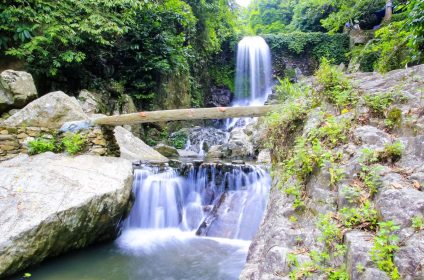
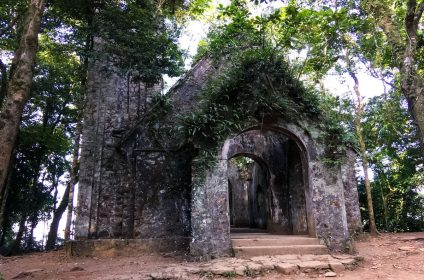
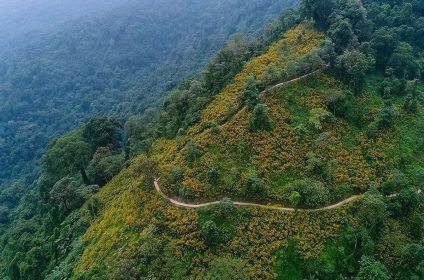
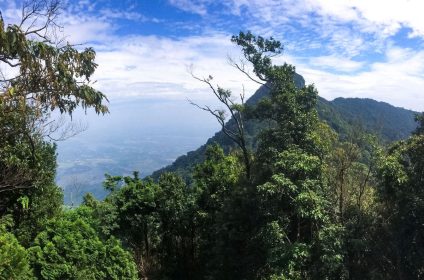
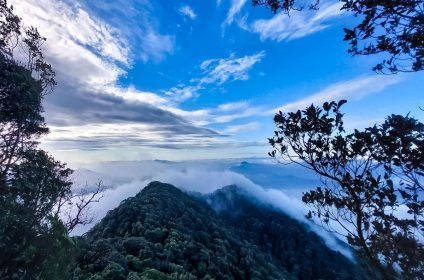
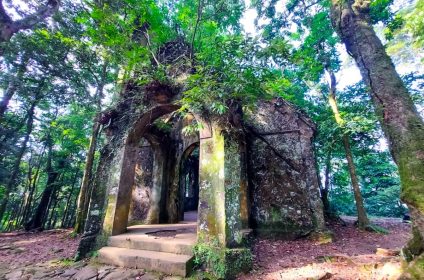
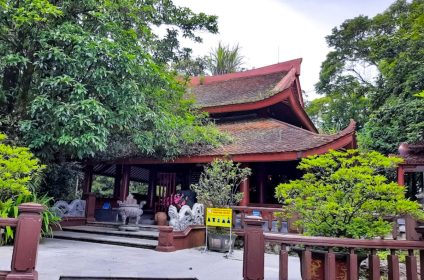
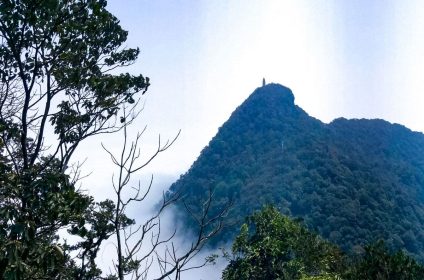
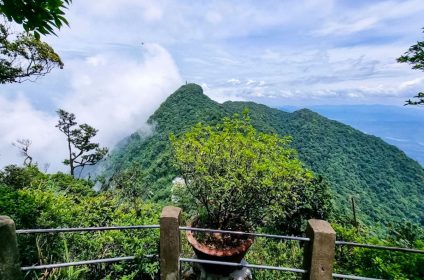
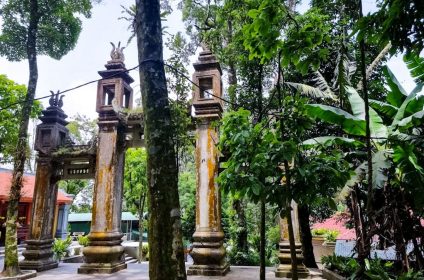
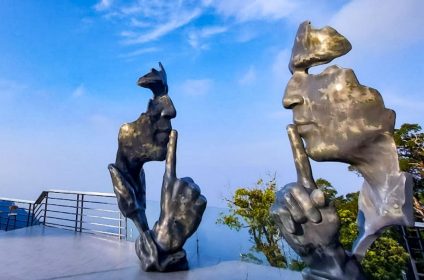
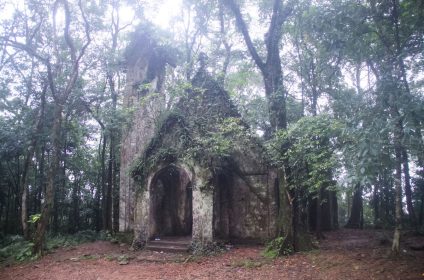
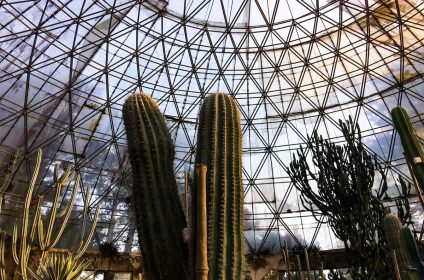
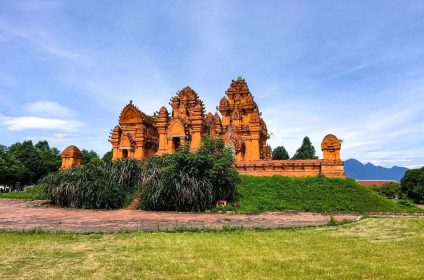
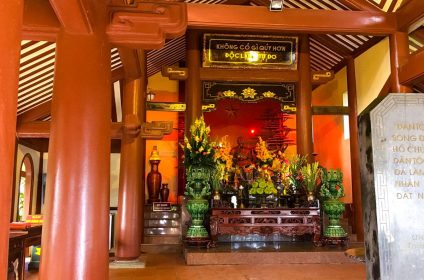
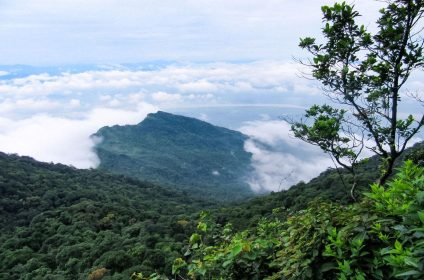
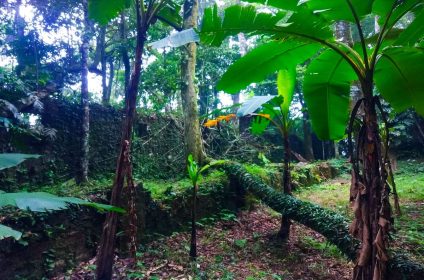
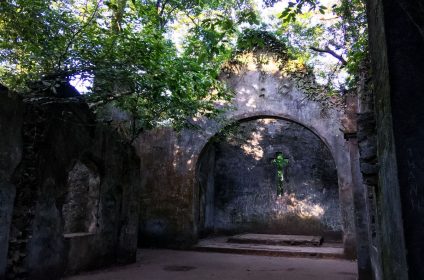
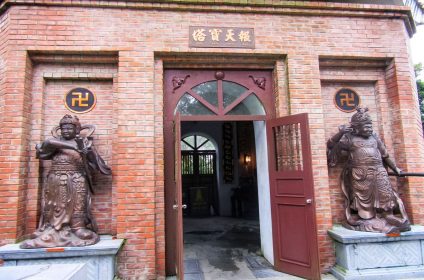
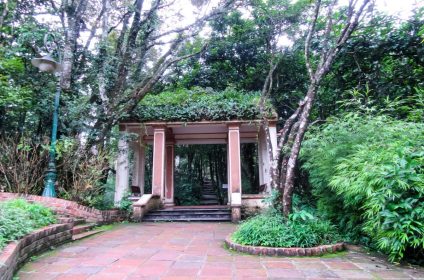
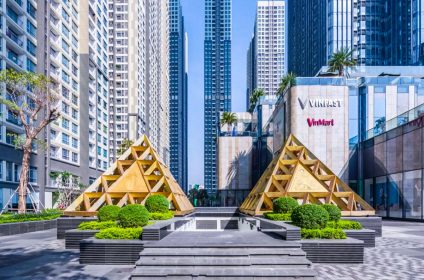
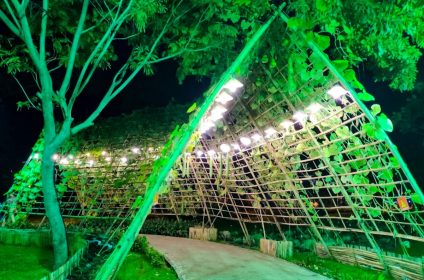
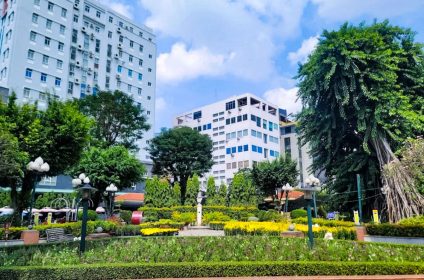
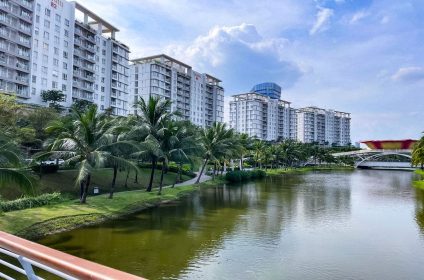









Add Review